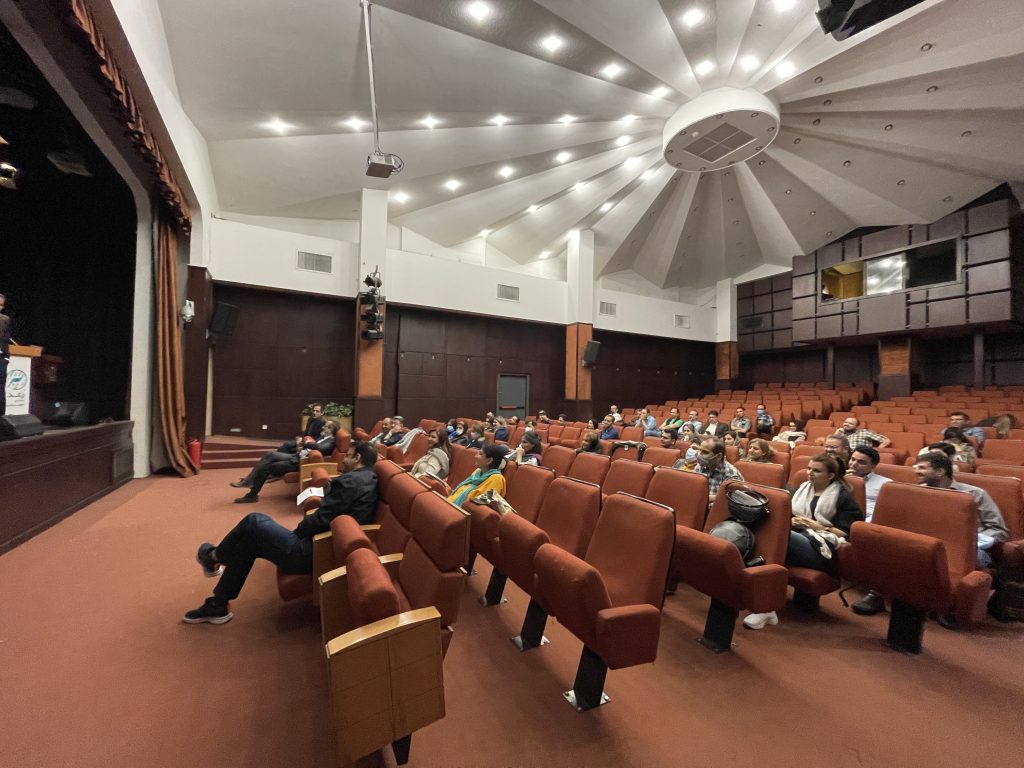


Seven Keys to Teamwork:
Effective communication
Virtuous members
Complementary members
Perfectionism
Effective leadership
Resilience
Find your why
The first key principle of a successful team: effective communication
Effectively communicating teams must have three E’s:
- Energy
Face-to-face communication is the best type of communication, which improves team performance by 35%.
The least valuable form of communication is by email and text messages.
Co-located team
Informal chats are “also” needed within a team.
Communication between team members can change the communication pattern by up to 50%!
- Engagement
Distribution of energy is done through direct communication between team members and not only with the team leader.
A team has a leader to whom everyone is reporting while all the team members are communicating with each other.
In a successful team, talks are short, pleasant, and almost equal, and everyone is an excellent listener.
“One for all, all for one” is the motto.
- Exploration
Exploration and regular acquisition of knowledge from outside the team
Creation of external links
Benchmarking: It is a process that every business uses to compare its operations, processes and products with other organizations. This process measures the quality of your organization’s policies, strategies, programs, services, products, etc. It can be carried out within the same industry or in a broader market. It is a valuable method to set short-term and long-term goals. In fact, benchmarking is an effective way to continuously improve and establish your position in the business world.
Psychological security
Trustworthiness: The requirement for trust is transparency.
Structure and transparency
The meaning of work
The impact of work
Win-lose mentality: I want to win even at the cost of others losing
Lose-win mentality: You sacrifice yourself. This mentality may lead to psychosomatic diseases.
Win-win mentality: high courage of the individual, consideration of the interests of others
Lose-lose mentality
Win-win mentality is required for teamwork.
Silence: should or should not?
It is better to speak most of the time and not be silent because silence has a price:
Feeling humiliated
Fatal anger and resentment
Death of creativity
Decline of productivity
“When in Rome, do not do as the Romans do.” Be yourself!
Conflict management:
Avoidance
Problem solving
Competition
Forgiveness
Compromise
Each of the above has a use depending on the value of the benefits and the importance of the relationship.
The second key principle of a successful team: virtuous members
Team means a whole, so the parts must be good to form a good whole.
Three characteristics of virtuous companions:
Humble: Lacking excessive selfishness or concern for their ranks
Hungry: always seeking more (hungry to learn, energetic, new experience, beyond expectations, self-motivated, enthusiastic, committed, diligent, responsible)
Intelligent/smart: more importantly EQ rather than IQ (70% to 30%).
EQ: the ability to treat others in a pleasant and reasonable manner/intelligence in interpersonal relationships
Emotional intelligence: effective interaction and appropriate question asking that fosters empathic (non-judgmental) listening.
Different types of people with three characteristics of humility, hunger and intelligence:
- Humble but lacking hunger and intelligence: unpretentious people (pawns)
- Hungry people without humility and intelligence: team destroyers (bulldozers)
- Highly intelligent people without humility and hunger: charming (entertainers)
- Very humble and highly hungry: unexpected sabotage
- High humility and high intelligence: lovely but not hardworking
- very hungry and highly intelligent: skilled politician
The third key principle of a successful team: complementary members
We see the world not as it is, but from our own perspective. What we see is related to who we are.
The right and left parts of the brain are involved with the holistic and atomistic thinking respectively.
6 thinking hats:
White hat (realistic)
Red hat (emotional)
Yellow hat (optimistic)
Black hat (pessimistic)
Green hat (creative)
Blue hat (process oriented): It is good for a team to have a leader with a blue hat.
Similarity is not a requirement for unity! Unity requires team members to be complementary.
Take the 16 Personalities Test to find your strengths and weaknesses.
Extrovert/Introvert
Intuitive/sensual
Intellectual/emotional
Structured/flexible
The fourth key principle of a successful team: Perfectionism
We have positive and negative perfectionism.
Here, we mean positive perfectionism, which leads to steadiness and perseverance.
Proactive: future makers with a vision
Reactive
Passive: hiding behind excuses!
The more team members are proactive, the more successful the team.
(Listen to Martin Luther King’s speech.)
Perfectionists have a vision for the future and imagine the end of each activity first, like a blueprint for constructing a building.
The fifth key principle of a successful team: effective leadership
Leaders have the courage to go first; they are risk takers.
Leaders prioritize individual interests over collective ones and are honest about their weaknesses.
You are a leader if:
your work inspires others to dream more, learn more, do more, etc.
Forming a team: a leader is a commander.
Storming: A leader is a team coach.
Norming: A leader is a collaborative leader.
Performing: A leader is a supporter.
Adjourning: A leader is a rewarder.
The sixth key principle of a successful team: resilience
Resilience means experiencing, feeling, failing, getting hurt, and falling, but getting up and continuing.
- Capacity to tolerate accidents and crises
- Resilience is different from indifference.
- Resilience is learned.
- Conscious and intelligent actions
- Acceptance of life obstacles
- Looking from the inside out
- High EQ
- Optimistic and positive
- Positive meaning and why
- Calm, logical, patient and confident
The seventh key principle of a successful team: find your why
Our existence is not our own making; we ought to seek and discover it.
An aspirational company seeks meaning and has a core purpose, core values, and a challenging prospective.
Purpose is a guiding torch before an organization and team
Aspirational companies and teams have one thing in common: finding their meaning, their philosophy of existence.
(Man’s Search for Meaning by Victor Frankl, Built to Last for teamwork)
How you do it?
What you do?
Why you do it?
A company’s “why” is not affected by the times but its “what” may be subject to change.
Failure is not a deterrent to why.
Meaning-seeking leaders build stronger, more innovative, more inspiring, and more enduring organizations.
What is the company’s competitive advantage?
